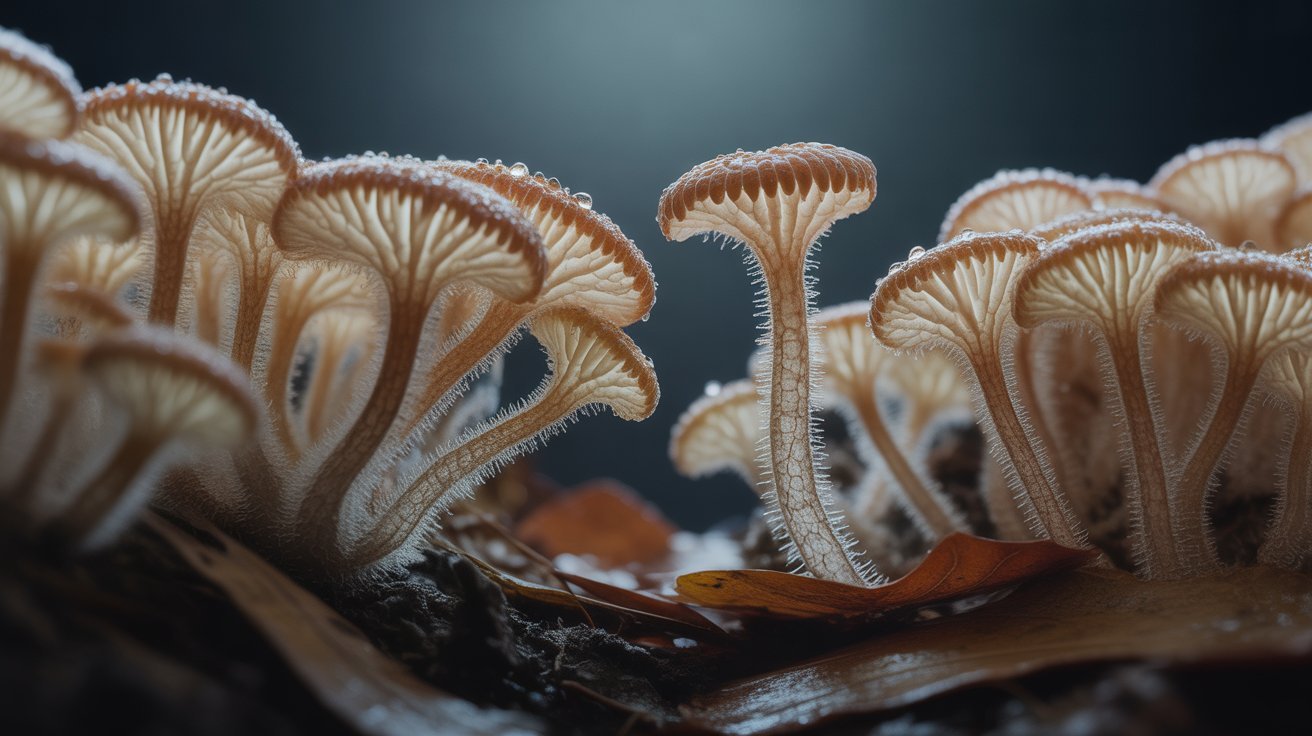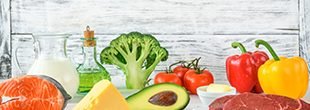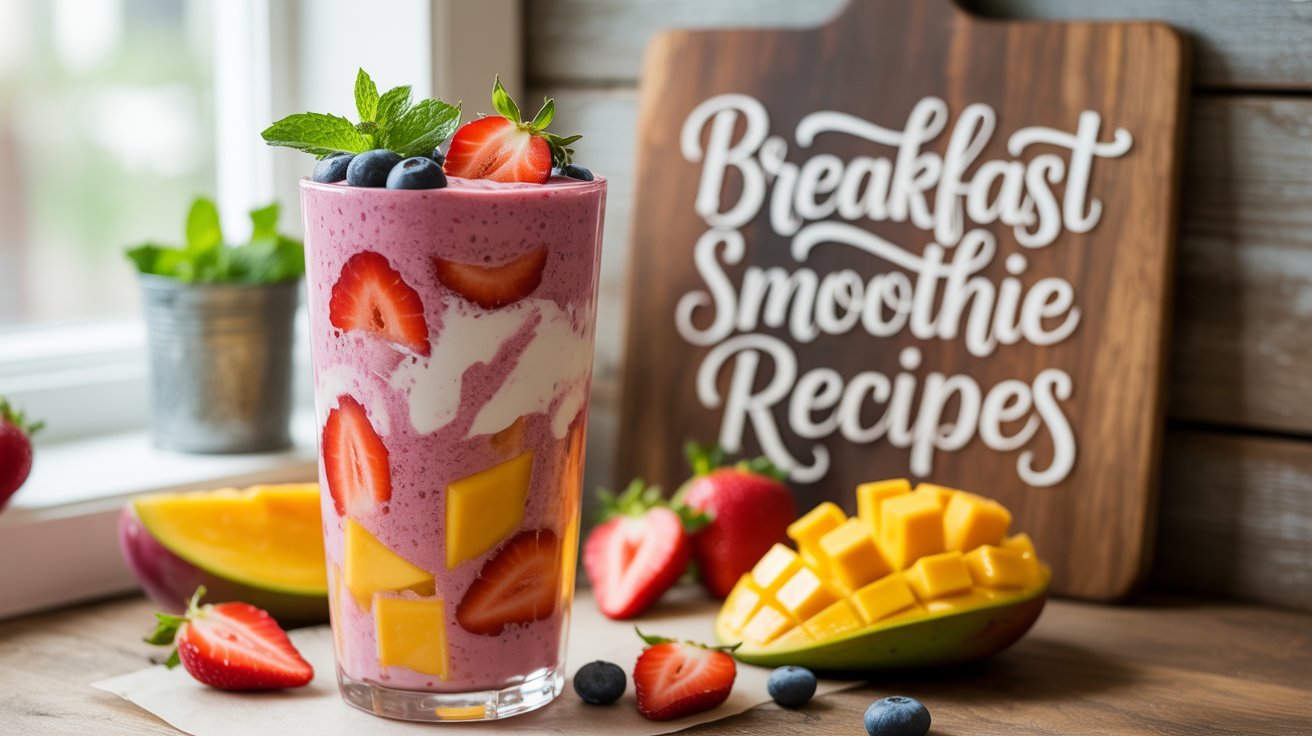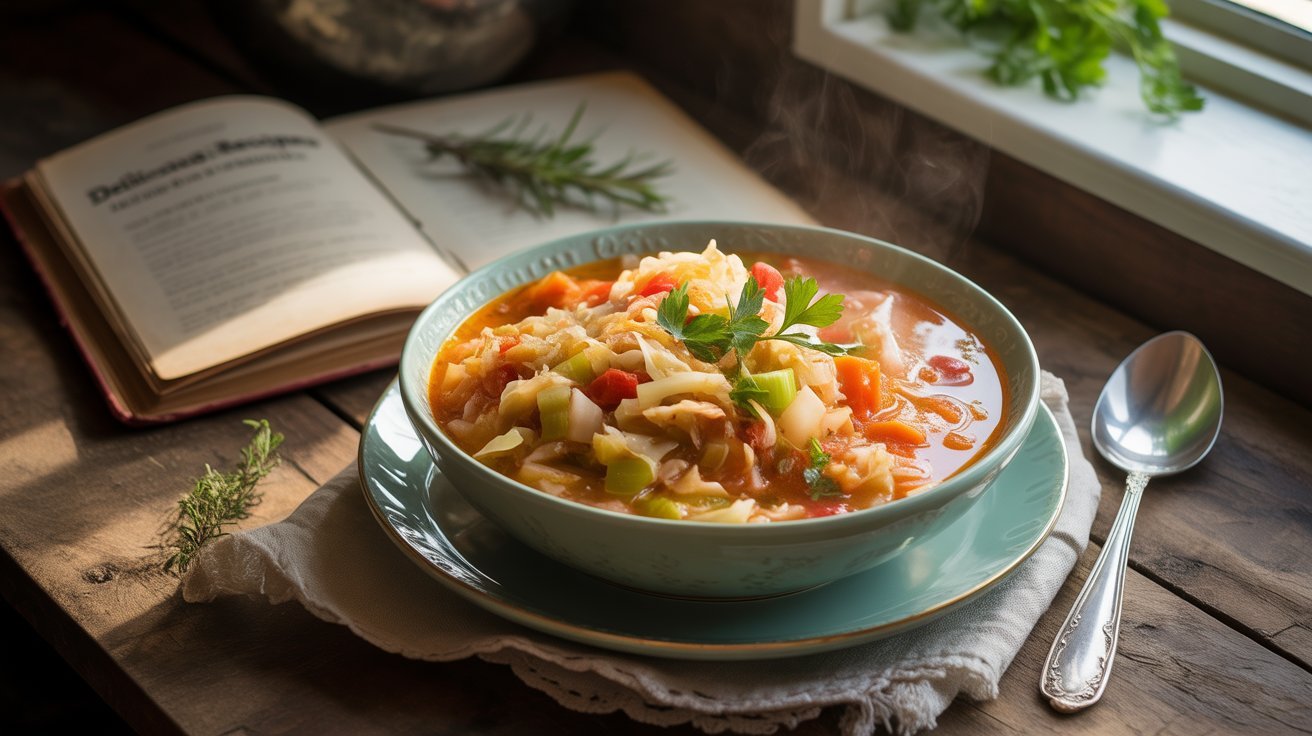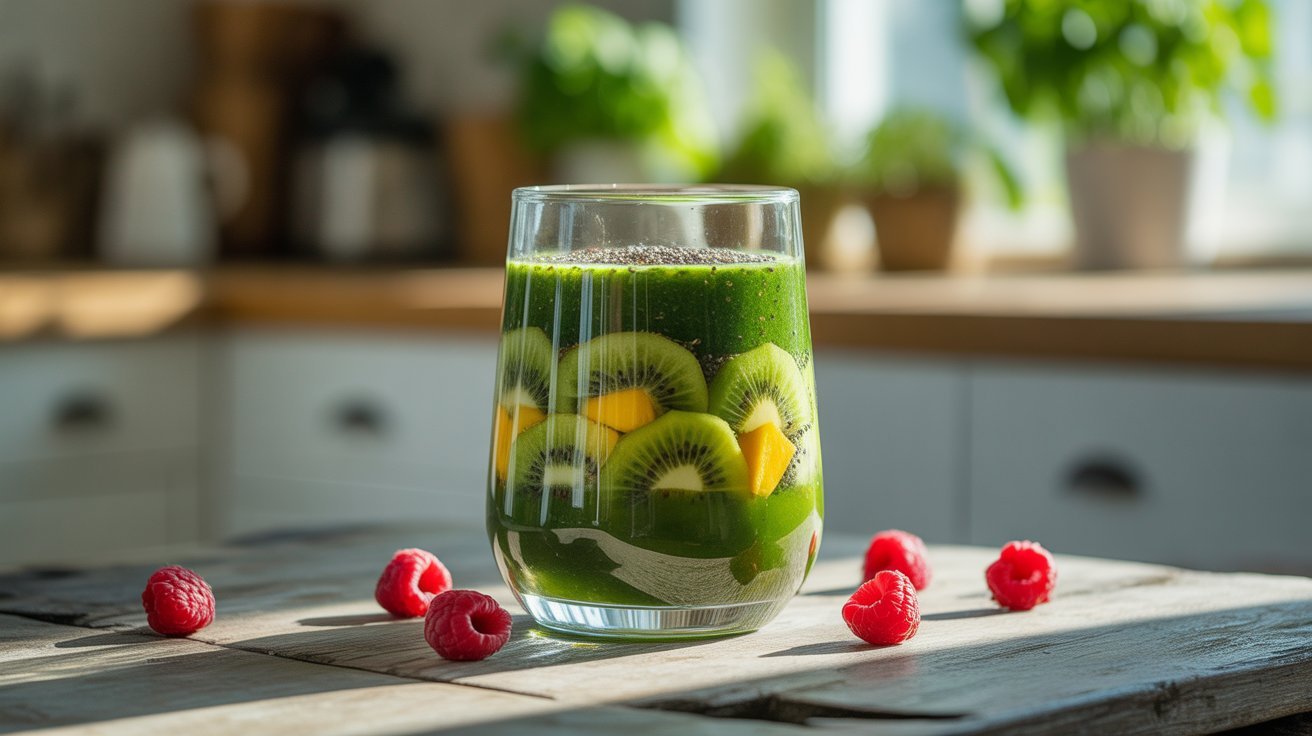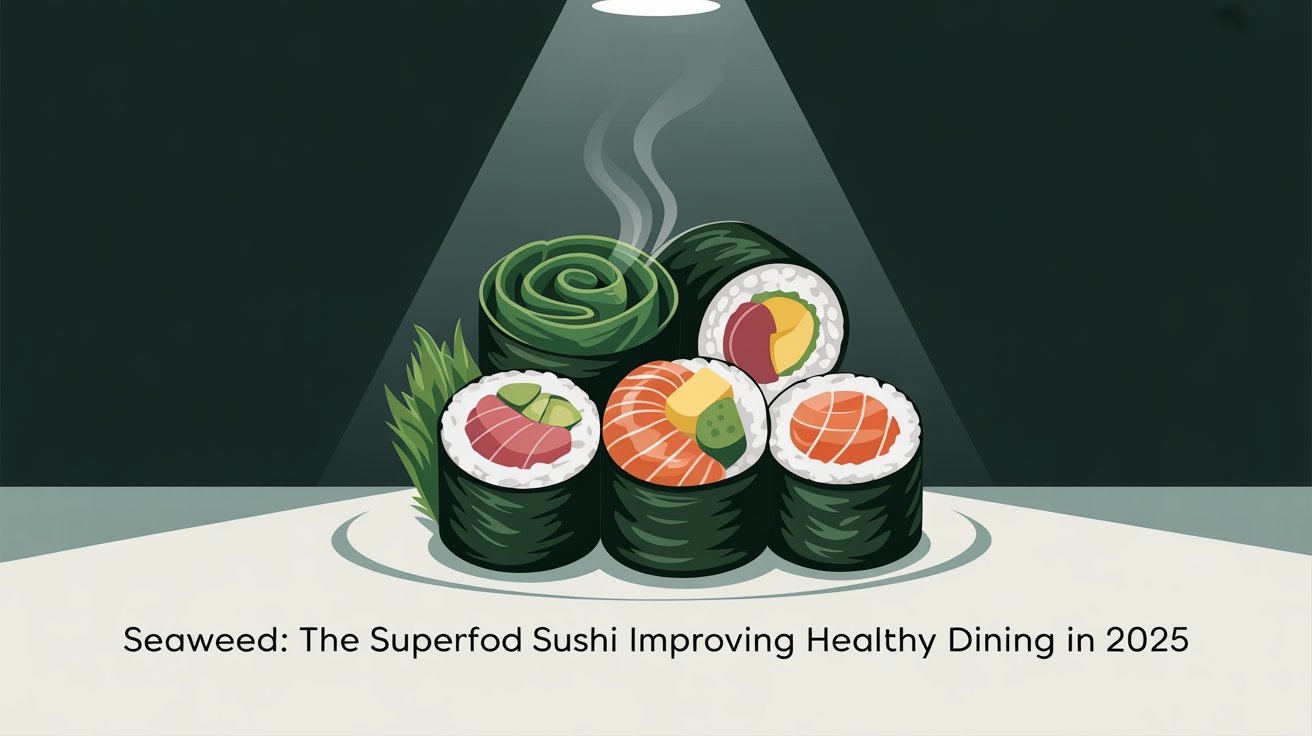Mycelium is changing the seafood game. Here are 10 science-backed reasons it tastes, nourishes like fish, and protects our planet too.
Key Takeaways
- Mycelium is the branching root structure of mushrooms, now star of plant-based seafood.
- Its thread-like fibers produce a flaky texture, just like fish.
- Packed with protein, fiber, vitamins, and minerals, it offers fish-like nutrition without mercury or plastics.
- It uses fewer resources than industrial fishing, making it a planet-friendly choice.
- Research confirms it is safe to eat and continues to grow.
1. What Is Mycelium and Why Is It Important?
Mycelium is underground root system of mushroom. It is made up of hyphae, which are thin, thread-like structures that connect. In contrast to the fruiting bodies of mushrooms, mycelium develops under the surface and breaks down organic materials, serving as nature’s recycler.
Because of its distinct fibrous structure, which naturally resembles the flaky, stringy bite of cooked fish, it is a perfect alternative to seafood in food science, especially fish fillets and shellfish.
2. Chemical Composition: The Science Behind the Fish-Like Texture
Its ability to mimic seafood lies in its unique biochemical makeup:
- Proteins (20–30%): Packed with essential amino acids, it’s nearly identical to fish in quality.
- Polysaccharides: β-glucans, chitin, and mannans provide bite, chewy texture, and even immune-boosting benefits.
- Lipids (2–8%): These mostly unsaturated fats have room for added omega-3 from algae, bringing heart-healthy oils.
- Micronutrients: Iron, zinc, potassium, calcium, and selenium show levels that rival real fish.
- B Vitamins: B2, B3, B5, and B12-like compounds fuel energy in ways the body recognizes, just like in animal proteins.
This balanced mix of proteins, fibers, and minerals yields a fish-like texture and a remarkably rich nutritional profile.
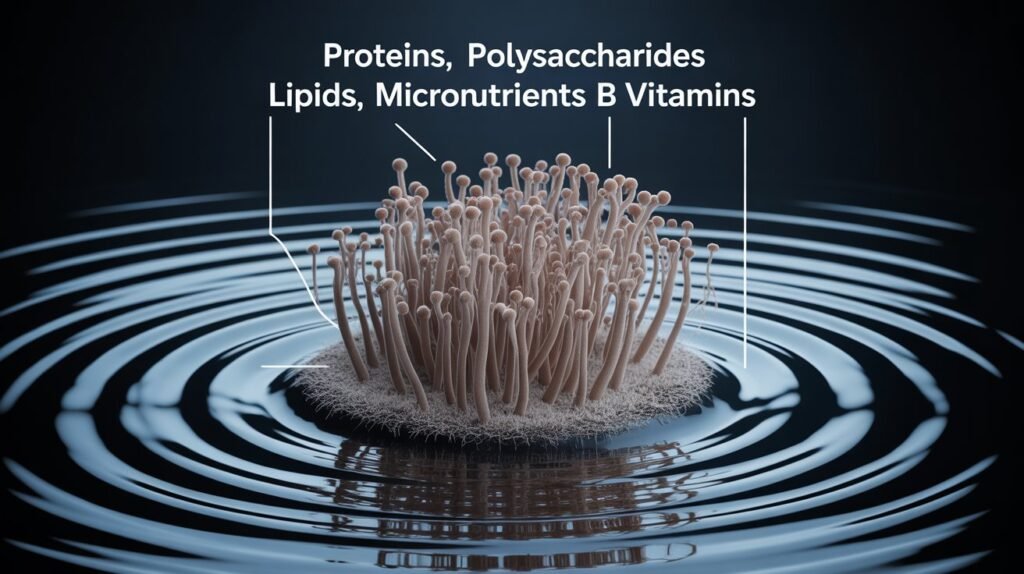
3. Why Use Mycelium Instead of Fish?
The seafood industry is facing three big headaches:
- Overfishing: A full third of the world’s fish stocks are currently overexploited (FAO, 2022).
- Contaminants: Fish can be loaded with mercury, microplastics, and heavy metals that build up in the food chain.
- Climate Change: Large-scale fishing operations are big greenhouse gas emitters and wreak havoc on ocean habitats.
4. Is it Safe for Humans?
Absolutely! Mycelium has been a safe food for ages—people have eaten it in fermented dishes and as mushroom protein. Research backs it up:
- It’s non-toxic and easy to digest.
- It’s packed with fiber and antioxidants that help your gut.
- It’s safe as long as it’s grown in clean, food-grade fermentation tanks.
Brands like Meati Foods and Ecovative already sell mycelium protein products that meet safety rules in the U.S. and Europe.
5. Nutrients That Make it a Superfood
Mycelium is more than a fish swap; it’s a serious superfood:
- High-Quality Protein: Contains all the essential amino acids your body needs.
- Plenty of Fiber: Great for digestion—fish has no fiber at all.
- Key Minerals: Iron, zinc, potassium, and calcium help keep your metabolism and bones strong.
- B Vitamins: Especially riboflavin (B2) and niacin (B3).
- Antioxidants: They help lower inflammation and protect your cells.
These nutrients keep mycelium safer and more balanced than many seafood choices.
6. How This Innovative Protein Matches Fish in Taste and Texture
Mycelium by nature has a flaky, fibrous texture that echoes the bite of tender fish fillets. By fermenting and cooking it the right way, food scientists amplify its umami kick with algae extracts and seaweed, creating the ocean-fresh taste that keeps seafood lovers happy.
Common products made from mycelium include:
- Crunchy vegan fish fillets
- Plant-based shrimp, ready to skewer
- Mycelium-infused tuna, perfect for sushi
- Savory crab cake alternatives, surprisingly crab-like
- Smoked “salmon-style” slices for brunch or bagels

7. 10 Strong Reasons to Choose it Over Fish
- Relieves ocean stress, no overfishing required.
- Grows on minimal water, power, and land.
- Spared from mercury and microplastic risks.
- Packs complete protein, ready to fuel you.
- Adds dietary fiber, which fish can’t give.
- Easily supercharged with omega-3s.
- Loaded with vitamins and minerals.
- Proven safe for every plate.
- Works magic in sushi, tacos, and pasta.
- The sustainable protein the planet is ready for.
8. The Future of sustainable Seafood Alternatives
People are looking for sustainable, toxin-free protein, and mycelium is set to lead the plant-based seafood wave. Thanks to ongoing breakthroughs in fermentation, texture design, and the addition of nutrient-rich marine algae, mycelium-based fish products are quickly catching up to and soon may exceed the nutrition and flavor of conventional seafood.
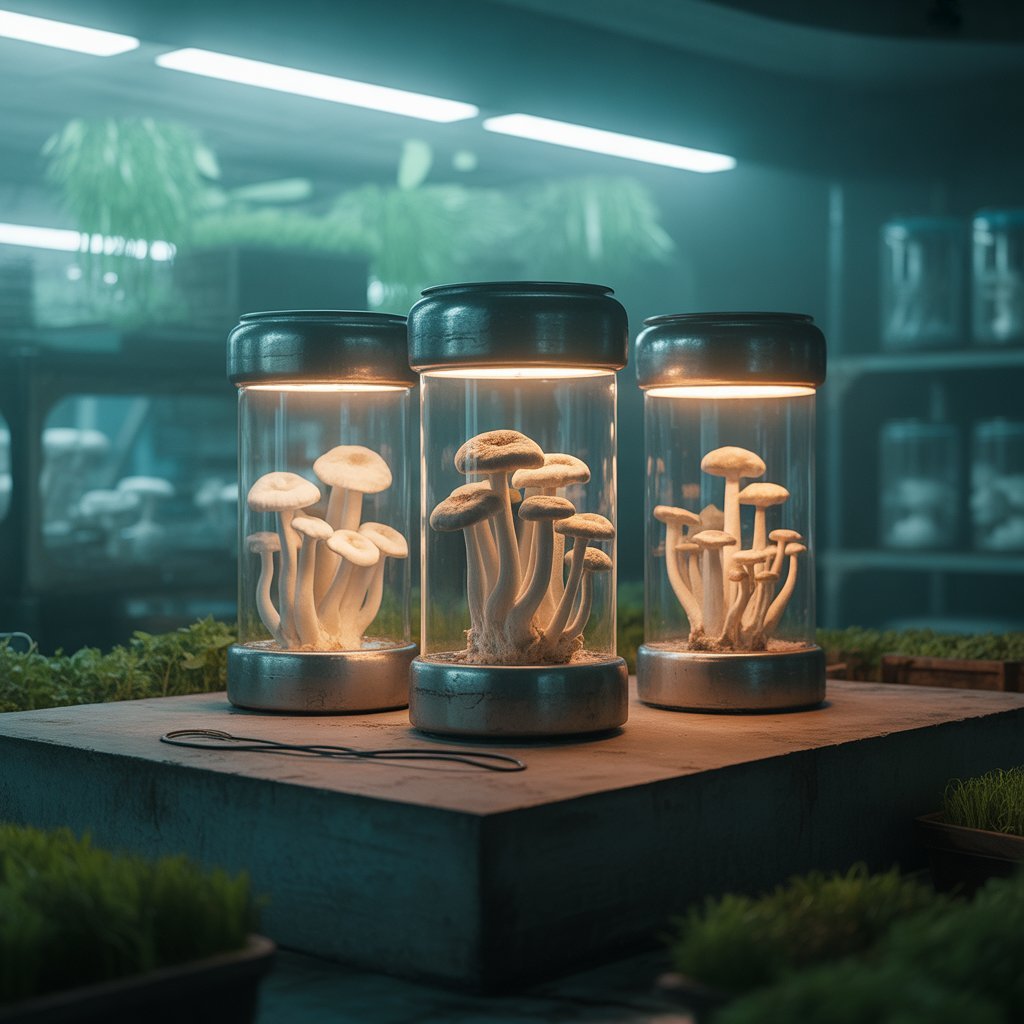
Conclusion
Mycelium is more than mushroom roots — it’s the protein of future seafood. Packed with high quality protein, dietary fiber, and important minerals, mycelium is a safe, planet-friendly, and tasty fish substitute. By choosing foods made with mycelium, we protect the oceans while upgrading our plates with a cleaner, nourishing protein source.

